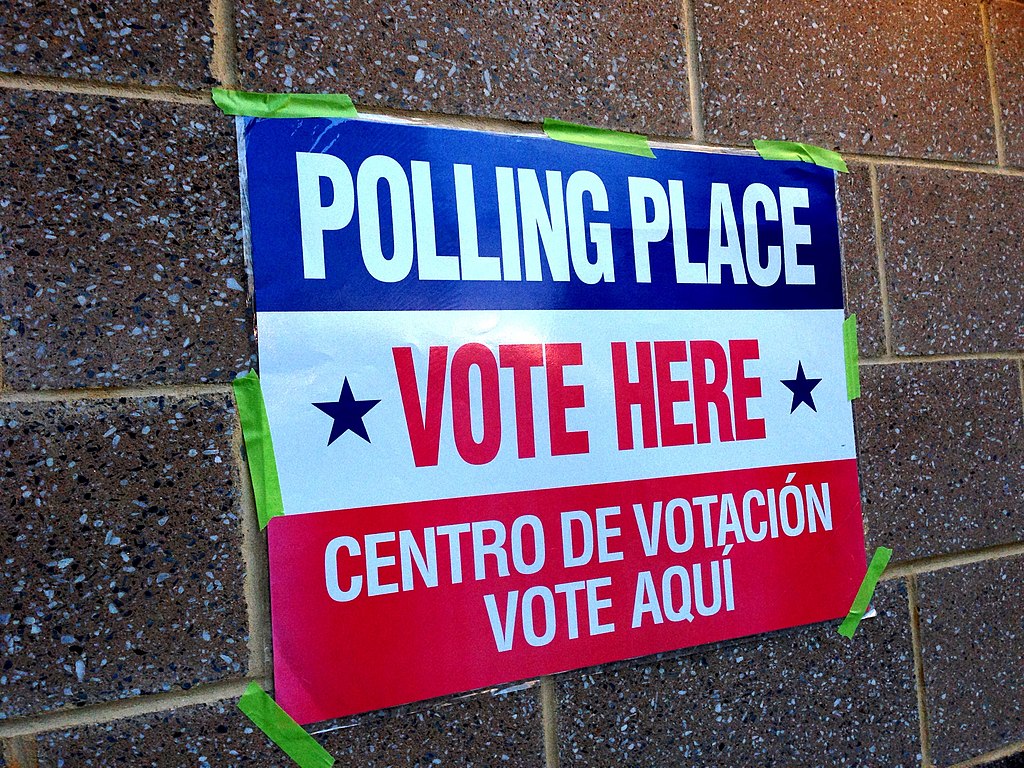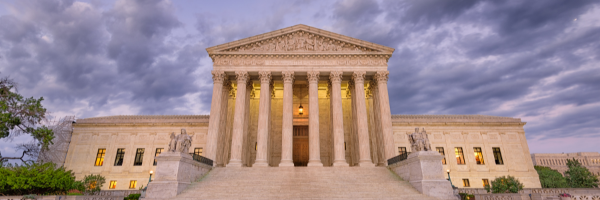Author: Kate Carsella
-
Tracker: Article III federal judicial nominations by president by days in office since 2001

Through Jan. 1, 2023, there were 890 authorized federal judicial posts and 85 vacancies. Eighty-three of those were for Article III judgeships. This report is limited to Article III courts, where appointees are confirmed to lifetime judgeships. In Dec. 2022, 10 judges were confirmed. In Dec. 2022, the president announced his intent to nominate six…
-
94% of incumbents won re-election in 2022 general election

Ballotpedia covered all state and federal races on Nov. 8, 2022, as well as local elections in America’s 100 largest cities by population. In the 2022 general election, an average of 94% of incumbents nationwide won their re-election bids. Comparatively, in the 2021 general election, 86% of incumbents nationwide won their re-election bids. In the…
-
Tracker: Article III federal judicial nominations by president by days in office since 2001

Through Dec. 1, there were 890 authorized federal judicial posts and 89 vacancies. Eighty-seven of those were for Article III judgeships. This report is limited to Article III courts, where appointees are confirmed to lifetime judgeships. In November 2022, three judges were confirmed. In November 2022, no judges were nominated. By Dec. 1, 2022, 681…
-
Tracker: Article III federal judicial nominations by president by days in office since 2001

Through Nov. 1, 2022, there were 890 authorized federal judicial posts and 89 vacancies. Eighty-seven of those were for Article III judgeships. This report is limited to Article III courts, where appointees are confirmed to lifetime judgeships. In the past month, no judges have been confirmed In the past month, one judge was nominated. By…
-
Tracker: Article III federal judicial nominations by president by days in office since 2001

Through Oct. 1, 2022, there were 890 authorized federal judicial posts and 85 vacancies. Eighty-three of those were for Article III judgeships. This report is limited to Article III courts, where appointees are confirmed to lifetime judgeships. In the past month: Eight judges have been confirmed Nine judges have been nominated. By Oct. 1, 620…
-
Tracker: Article III federal judicial nominations by president by days in office since 2001

Through Sept. 1, 2022, there were 890 authorized federal judicial posts and 81 vacancies. Seventy-nine of those were for Article III judgeships. This report is limited to Article III courts, where appointees are confirmed to lifetime judgeships. In the past month: Two judges have been confirmed Two judges have been nominated By Sept. 1, 590…
-
Upcoming Article III Judicial Vacancies

According to the latest vacancy data from the U.S. Courts, there were 37 total announced upcoming vacancies for Article III judgeships. Article III judgeships refer to federal judges who serve on the U.S. Supreme Court, the U.S. Court of International Trade, or one of the 13 U.S. courts of appeal or 94 U.S. district courts.…
-
SCOTUS issues opinion in case concerning ACCA

The Supreme Court of the United States (SCOTUS) issued a unanimous ruling in the case Wooden v. United States on March 7. The case was argued before the court on Oct. 4. The court reversed theSixth Circuit’s ruling and remanded the case for further proceedings, holding that William Wooden’s 10 offenses did not occur on…
-
SCOTUS issues opinions in two cases

The Supreme Court of the United States (SCOTUS) issued rulings in two cases on March 3: United States v. Zubaydah and Cameron v. EMW Women’s Surgical Center, P.S.C. In Zubaydah, the court reversed the U.S. Court of Appeals for the 9th Circuit’s ruling in a 7-2 vote and remanded the case for further proceedings. SCOTUS…
-
Federal judicial nomination, confirmations in first week of February

The U.S. Senate confirmed three of President Joe Biden’s (D) federal judicial nominees on Feb. 1 to lifetime Article III judgeships on the U.S. District Court for the Northern District of Ohio: Bridget Brennan, by a vote of 61-35. David A. Ruiz, by a vote of 62-35. Charles Fleming, by a vote of 56-42. Biden…

